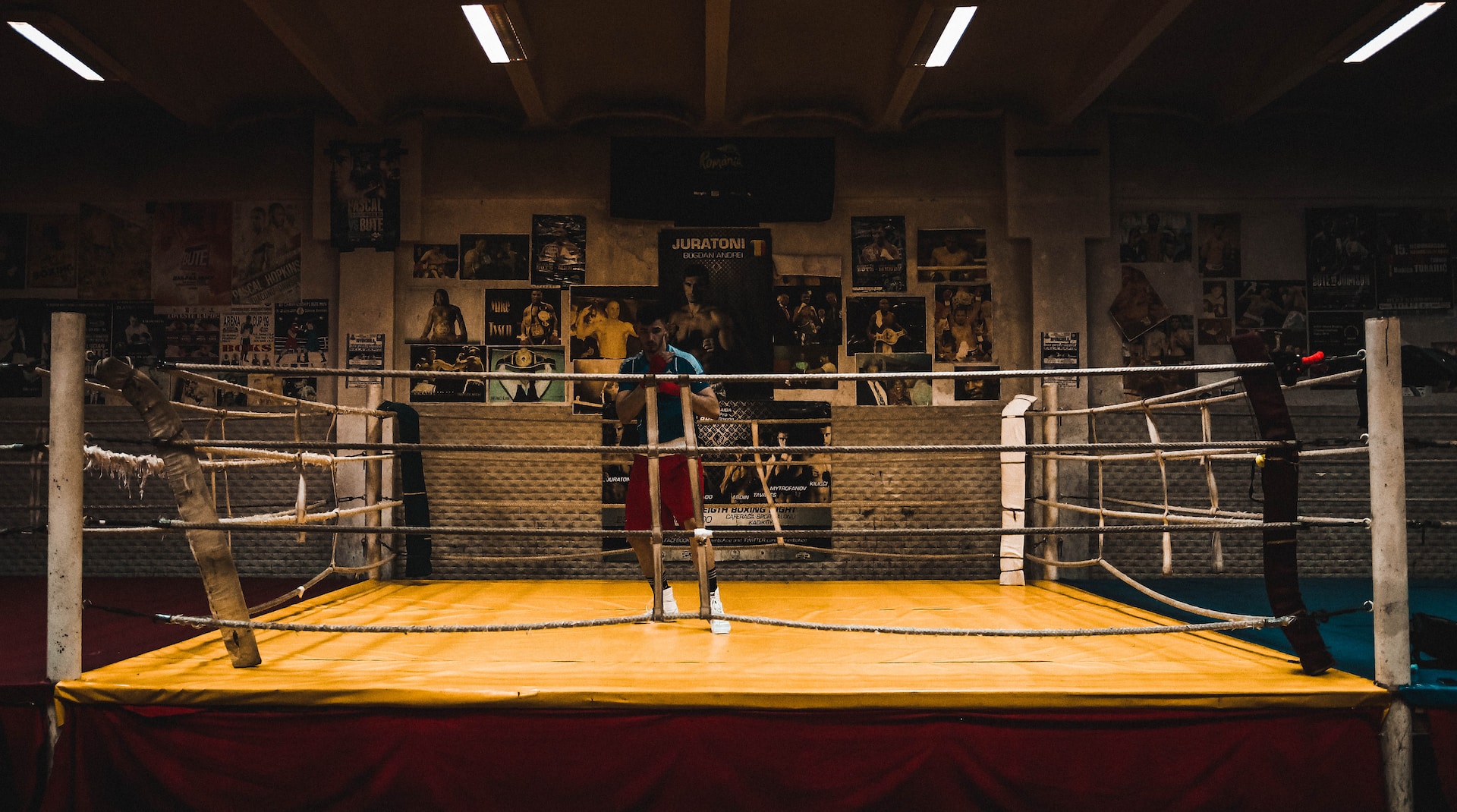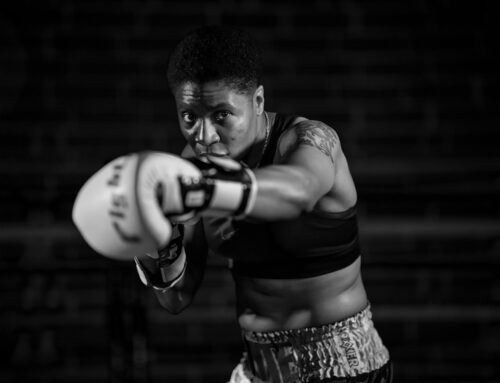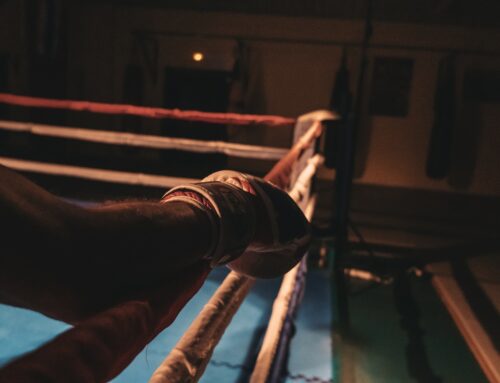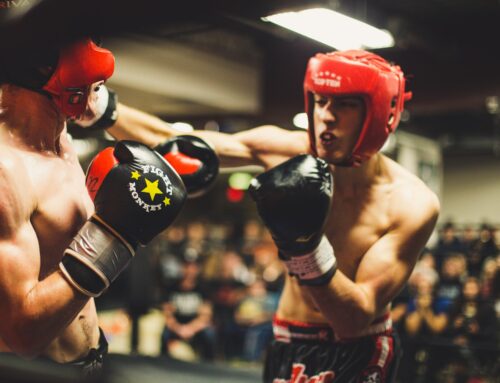Ever heard of a boxer’s jog? It’s not as dangerous as it sounds! It’s actually a great way to start any boxing workout. But if you want to get serious about boxing and train like a pro boxer, there are plenty of other things you must know.
Whether you’re training to compete professionally or just for fun and fitness, it takes dedication and determination to reach your boxing goals. But with the right training and skills in your corner, there’s nothing stopping you from becoming a pro boxer.
If you’re looking for tips and tricks to help take your boxing game up a few notches, then this is the article for you. Here, we’ll walk you through everything you need to know to train like a pro boxer—from drills and tools to diet and recovery.
Understanding the Basics of Boxing Training
If you want to train like a pro boxer, it pays to understand the basics. That’s because boxing training isn’t just about honing your techniques; it also requires you to focus on building strength and endurance. To get started, let’s break down the components of a typical boxing workout:
- Strength Training: Boxers use weight lifting and body weight exercises to improve their power and explosive speed. Common exercises include squats and other compound movements.
- Cardio Training: Running, jumping rope, cycling, etc., are all essential to improving a boxer’s cardiovascular fitness and muscular endurance.
- Core Stability & Mobility Training : Core stability is crucial for generating power from the center of the body—essential for throwing strong punches and evading your opponent’s attacks. Dynamic stretches help keep boxers flexible and limber on their feet as well.
- Skill Training: Of course, any great boxer must have skill! Regularly practice shadowboxing, bag work and partner drills in order to develop proper technique and reflexes.
Understanding the basics of boxing is important before hitting the gym; this will ensure that each session is tailored to meet your goals as efficiently as possible!
Essential Gear for Professional Boxing Training
If you want to train like a pro boxer, then you’re going to need the right gear. The two most essential pieces of equipment for professional boxing training are a heavy bag and a pair of gloves.
The heavy bag should be made from high-quality leather or vinyl and should be filled with dense material that will provide resistance when you hit it. This is essential for building your power and technique as a boxer. In addition, be sure to get a pair of gloves that fit properly and provide adequate cushioning and protection while training. It’s also important to invest in hand wraps, which will help protect your wrists and hands.
Finally, it’s beneficial to get an experienced coach who can guide you through your boxing training regime. A professional coach can provide you with feedback and advice on technique, strategy, and even nutrition which can help propel your boxing career forward faster than if you were to try and go it alone.

Building Speed and Agility With Interval Training
Interval training is one of the best ways to build your speed and agility as a boxer. This type of workout involves intense exercises which are done in short bursts and then followed by rest periods. Interval training forces your body to move quickly, increasing your power and speed, while giving you just enough time to recover between bursts.
Doing this type of training can help improve your agility and reflexes, giving you an edge in the ring. Here are some tips for getting the most out of your interval training sessions:
- Choose exercises that use multiple muscles at once, like burpees or mountain climbers. This helps to build coordination and balance.
- Vary the exercises between each interval session so that you’re constantly challenging yourself with new movements and intensities.
- Make sure to take frequent breaks during each session, as proper rest is essential for your body to recover from the intense exercise bouts.
- Aim for high-intensity intervals for maximum results, but be careful not to push yourself too hard too quickly–work up gradually to a higher intensity level over time.
- Take advantage of different terrain during interval training; running on grass or sand adds an extra challenge that will help you reach peak performance faster when it comes time for competition day!
By doing these tips regularly, you will become a faster, more agile fighter in no time–all while building strength and agility which is essential for any pro boxer!
Strength and Conditioning Tips for Elite Boxers
If you want to reach pro boxing levels of performance, you need to have a well-rounded strength and conditioning program. Not just any workout will do—you’ll need to dial in specific exercises and techniques that are specifically designed for boxers.
First and foremost, your strength and conditioning routine should be focused on improving your explosive power output—boxers rely on quick, powerful punches. Here are some things you can do to up your game:
Plyometric Training
Plyometric training is a great way to increase your explosive power. Incorporating jumps and other plyometric exercises into your workout can help fire up all the stabilizer muscles in your body which are crucial for optimal boxing performance.
Core Training
Having a strong core helps you with stability, posture, balance, and even breathing—all of which are essential for boxing. Focus on compound lifts like deadlifts, squats and step-ups using light weight to build up ab strength without sacrificing flexibility.
Cardio Workouts
Boxing is an aerobic sport, so it’s important to include cardio into your routine. Traditional jogging and cycling can help build up cardiovascular endurance but have limited direct benefit for boxing-specific movements like punching combinations. Incorporate interval training, shadowboxing drills or even timed bag work into your workouts for a more specific challenge that will help you build explosive cardio fitness levels in no time.
Strategies for Mastering Punching Combinations
Now that you know the basics of boxing punching styles, it’s time to master punching combinations. This is key if you want to become a professional-level boxer, and with just a few simple tips, anyone can master this technique.
Document Your Progress
The most important thing when mastering punching combinations is to document your progress. Keeping track of your reps and punches will help you identify where you need to focus your energy, as well as what moves you should use more often or less often. Plus, having a record will help keep you motivated and challenged.
Visualize Success
Another great tip for mastering boxing punching combinations is to visualize yourself throwing and landing perfect punches each time. The power of visualization has been proven in many areas, such as sports and academics, and boxing isn’t any different. By visualizing success, you are more likely to succeed in performing the combination correctly and successfully.
Practice With a Partner
Finally, practicing with a partner can help tremendously when trying to master punching combinations. A partner can provide feedback on form, count reps, and overall assist in perfecting your technique. If possible try using a partner who is at least similar to your size so that they can offer an accurate perspective on how the punches look in comparison to yourself versus someone bigger or smaller than yourself.
Aspects of Diet and Nutrition for Pro Boxers
No matter how hard you work in the ring, if your diet is not up to par, you won’t be able to perform at your peak level. Diet and nutrition are two of the most important aspects of pro boxing: a boxer’s diet contributes enormously to their performance.
To make sure you are getting the right nutrients for maximum energy and longevity in the ring, there are a few rules you should follow.
Limit Sugar and Refined Carbohydrates
Excessive intake of processed foods like white bread, white rice and sugary snacks can lead to weight gain, fatigue and decreased concentration during training sessions. To prevent this from happening, choose fruits, vegetables and unrefined carbohydrates such as sweet potatoes, brown rice or quinoa instead.
Eat Healthy Fats
Healthy fats such as nuts, seeds, avocados and omega-3 fatty acids will help fuel your body during intense training sessions by helping with muscle recovery and reducing inflammation. Eating healthy fats also helps promote overall good health by reducing cholesterol levels and maintaining healthy skin and hair.
Hydrate Properly
It is important for boxers to stay well hydrated before, during and after training sessions as dehydration can lead to fatigue, cramps and a decrease in performance levels. Drink plenty of water throughout the day to stay hydrated – at least 2 liters a day – or you may also opt for electrolytes or sports drinks if needed.
A balanced diet doesn’t just help improve performance levels; it also helps maintain proper body weight while keeping energy levels high throughout the day. Eating healthy makes a huge difference when it comes to physical performance – so be sure to keep
Conclusion
If you’re serious about taking your boxing training to the next level, it’s important to remember the four key components of a successful training program: diet and nutrition, conditioning, skill development, and mental endurance. With discipline, dedication, and hard work, you can build the foundation needed to become a pro boxer.
It’s also important to find the right coach or mentor who has the experience to give you the right advice and guide you on the right path. You’ll want to learn proper technique and form to ensure you’re doing things correctly and minimizing your risk of injury. Training like a pro boxer is hard work, but it’s worth it when you experience the joy and satisfaction of completing a challenging workout!




